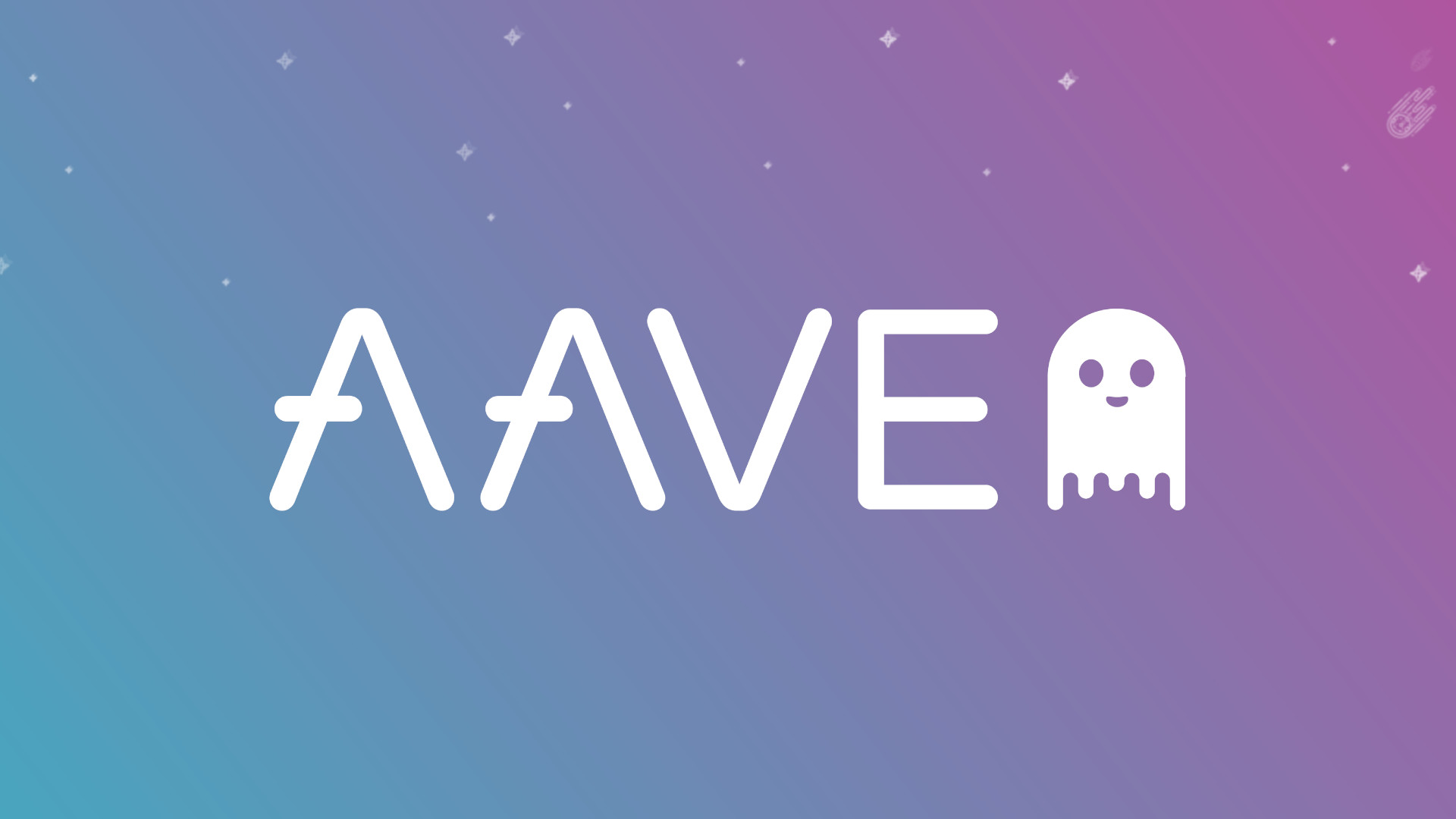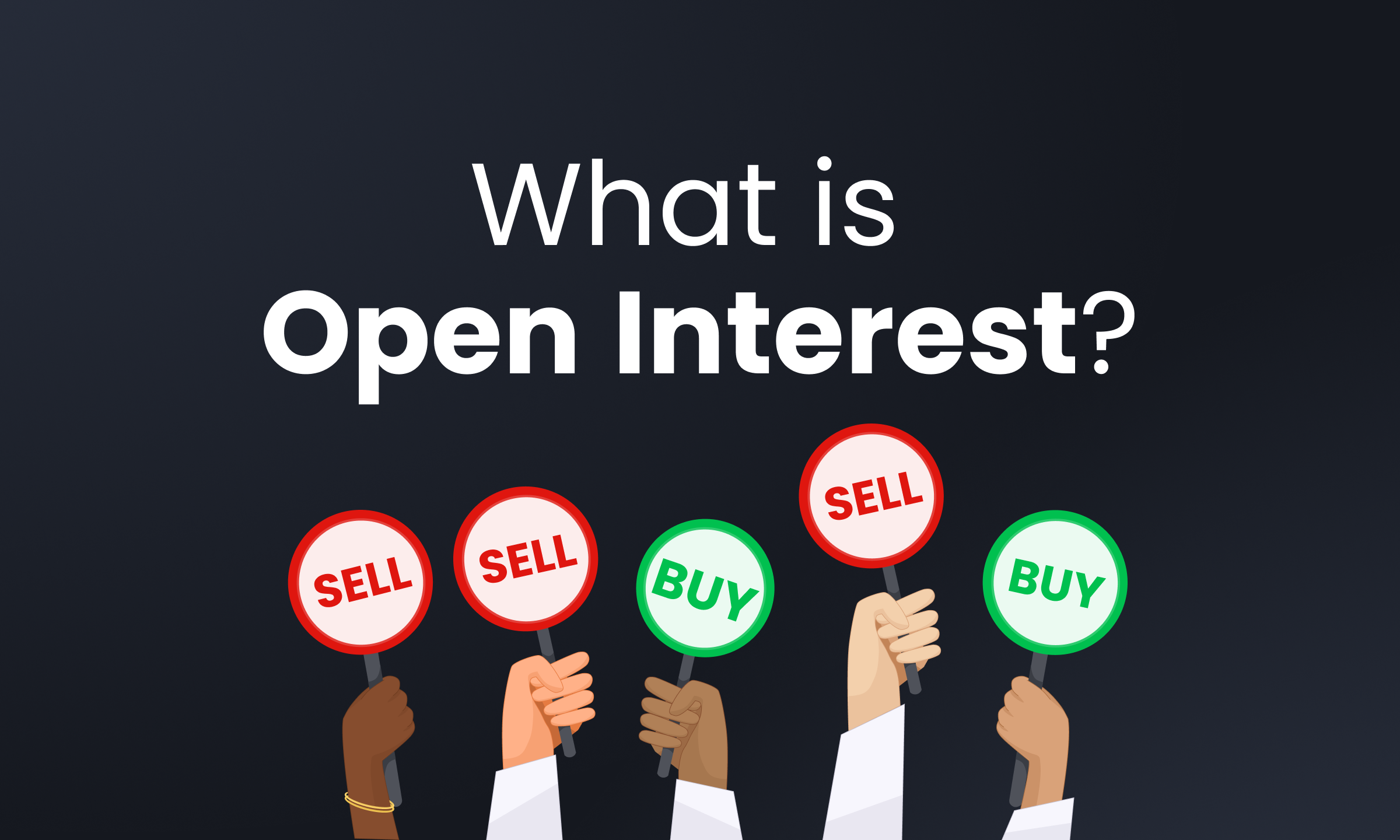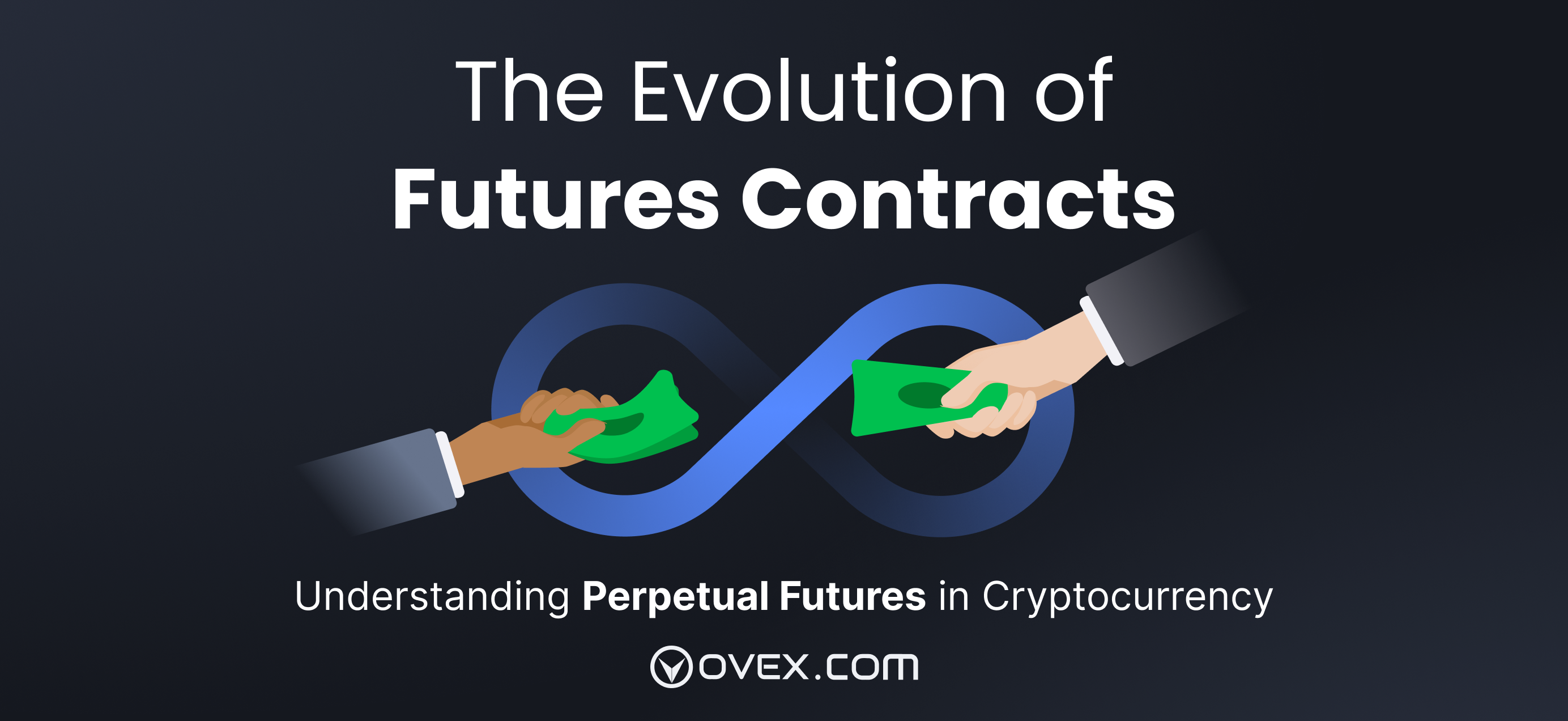Understanding Aave’s Functionality
Aave stands out as a pioneer in the realm of decentralized finance (DeFi), offering a permissionless lending platform where users can borrow and/or lend cryptocurrency without relying on traditional intermediaries. Aave is essentially an open-source, non-custodial money market platform that offers a variety of debt-based products in a decentralized fashion.
Instead of having centralized intermediaries, Aave makes use of liquidity pools, which are essentially pools of various crypto assets. This setup allows lenders to earn interest by depositing their crypto into these pools, while borrowers can access over-collateralized loans.
Here’s how Aave operates:
- Lending: Users can deposit their crypto-assets into liquidity pools, earning interest generated by borrowers who access loans from the pool.
- Borrowing: Borrowers can access overcollateralized loans, meaning they need to deposit crypto worth more than the loan amount as collateral. This mitigates risk for lenders and allows the protocol to liquidate the collateral if necessary.
If you deposit tokens into Aave’s pools, you receive a corresponding amount of aTokens. These are interest-earning tokens that represent your holdings. They are a derivative of the token you deposited as liquidity and are pegged 1:1 to the value of the underlying asset. These ERC20 tokens are a claim to the liquidity you have provided. aTokens earn interest in real time directly in your wallet, which fluctuates on borrowing demand and liquidity supply.
Governance within Aave operates through a decentralized autonomous organization (DAO). This means that holders of the AAVE token have the power to vote on proposals and shape the future of the protocol.
By eliminating central authorities and leveraging innovative mechanisms like liquidity pools, Aave has carved a niche as a leading DeFi platform, empowering individuals to participate in a decentralized lending and borrowing ecosystem.
Recent Developments Driving Aave’s Surge
Aave has been touted as one of the more innovative projects in DeFi – essentially pioneering the first ever decentralised money marketplace. Recently the project has been in the spotlight for developments introduced by the core team at Aave which have investors giddy. The announcements have sparked substantial institutional interest in the project over the past 3 months with whale buying activity at all-time highs – this according to popular on-chain monitoring platform Lookonchain.
The project’s native token (AAVE) has surged by over 40% following the DAOs proposals aimed at overhauling AAVE’s tokenomics and the protocol’s overall risk management. Tokenomics refers to how a token is created, distributed, and utilized within a crypto project – this largely influences a token’s value and should be the very first variable one should investigate when doing due diligence on a project they hope to invest in.
The two proposals introduced by the team at Aave include: (1) A proposal introduced by Aave-Chan Initiative founder Marc Zeller which aims to buy back AAVE tokens using surplus revenue and redistribute them to AAVE stakers and the minters of their own stablecoin, GHO. And (2) ‘ an Umbrella Proposal’ aimed at easing sell side pressure by deprecating the ‘seize and sell’ liquidation process and replacing this with a ‘sell and burn’ mechanism instead.
(1) The buy-back proposal will reduce the availability of AAVE, resulting in a disinflationary cycle. This will incentivise new and existing investors to hold and stake AAVE, making it more attractive to contribute to the Aave ecosystem – thereby improving overall network security.
(2) The new ‘sell and burn’ mechanism introduced would implement a means of using a variety of assets to cover bad debt in the protocol (when a position is liquidated and the collateral does not cover the cost of liquidation) versus only using the AAVE token to cover bad debt (seize and sell) – which creates negative sell pressure on AAVE. This means that AAVE staking will no longer be used to cover bad debt as it has in the past. Instead, users who lend on AAVE can use the aTokens (IOU on the underlying assets lent to AAVE) to restake for extra yield or to cover the bad debts. Staking rewards will now be generated from revenue captured from borrowing activities and use of the Aave stablecoin; GHO.
So what are the ramifications of these improvements:
(1) Staking AAVE will become more attractive for AAVE holders as there will no longer be any slashing risk on the AAVE staked
(2) AAVE will not be sold to cover bad debts – eliminating a lot of negative sell pressure. This coupled with the new AAVE buyback mechanism will support more sustainable tokenomics for the ecosystem
(3) The new approach will be more scalable + robust and growth of the entire ecosystem will no longer be limited by the market cap of AAVE alone
You can trade AAVE and other popular DeFi tokens on the OVEX exchange.
DISCLAIMER: Dealing or trading in cryptocurrency carries risk. By dealing or trading in cryptocurrency you assume the inherent or associated risks arising from the volatility of cryptocurrency and its limited use in the mainstream marketplace, including loss of capital. Trading in cryptocurrency may not be suitable for all persons. Past returns or performance of any cryptocurrency are not a reliable indicator for future returns. This is not financial advice and is not an invitation to trade. Ovex (Pty) Ltd is an Authorised Financial Services Provider (FSP 53922) and a registered credit provider (NCRCP15552).






